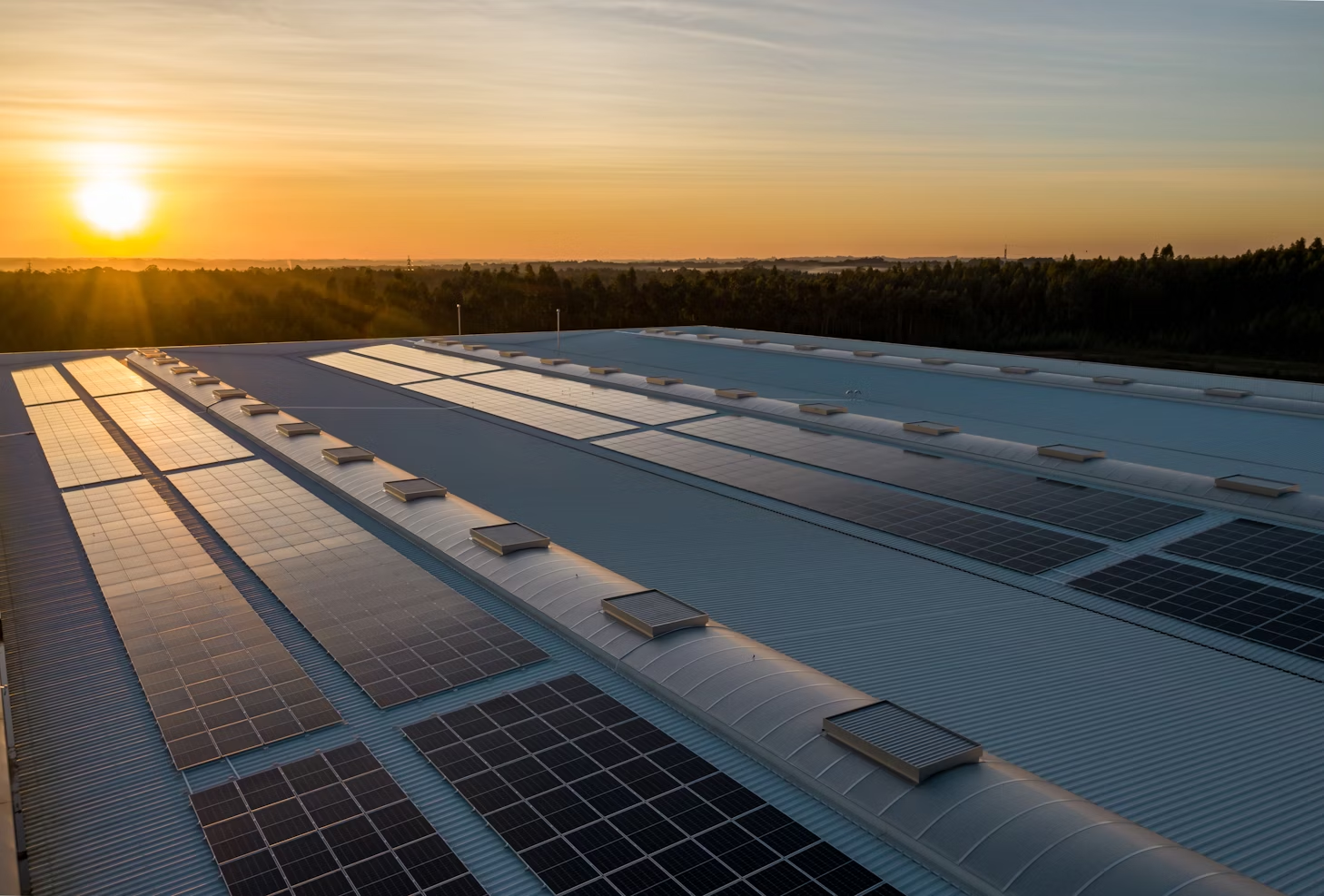Raw material: clothing manufacturing

We are happy to see you again for a new green question, focusing on the fashion and textile sector.
Above all, here are some key figures from ADEME concerning fashion:
➡️ 2% is the sector's share in global greenhouse gas (GHG) emissions.
👉 38% is the weight of the production of raw materials in the GHG emissions of the fashion sector.
💧 4% of the world's available drinking water is used to produce our clothes.
Do you know what is the most used raw material for making clothes?
This is Polyester, which occupies the top step of the podium, with nearly 40 tons produced in 2015.
🛢 70% of synthetic fibers produced in the world come from oil, a finite resource whose availability is likely to be lacking in the coming decades.
According to a study by McKinsey and GFA, +70% of greenhouse gas (GHG) emissions from the fashion sector are caused by upstream activities - in particular the production, preparation and processing of raw materials.
The possible ways to reduce GHG emissions from the textile industry - with constant production - concern the following dimensions:
✅ Improvement of the mix of materials used (increase in the use of recycled polyesters, recycled or organic cottons, etc.).
✅ Increase in the share of less emissive transport (increase in maritime transport and reduction in the share of aviation).
✅ Optimization of packaging composition.
✅ Decarbonization of retail stores (reduction of energy consumption, especially related to heating/air conditioning).
✅ Reduction in overproduction.







